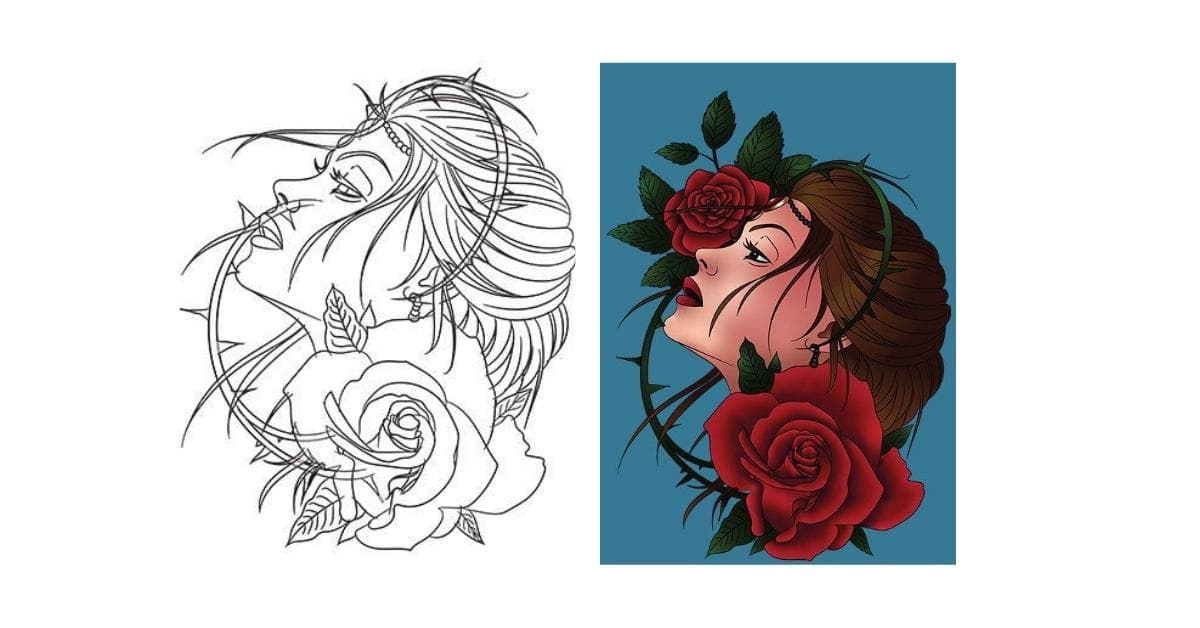In the ever-evolving world of graphic design, the demand for high-quality and versatile images is at an all-time high. This has led to the rise in popularity of vector art, which provides scalable, crisp, and infinitely flexible graphics. However, creating vector art from existing designs or images can be a complex task. This is where professional Vector Art Conversion Services come into play, offering a streamlined solution to transform raster images into vibrant, scalable vectors.
What is Vector Art Conversion?
Vector art conversion is the process of converting raster images, which are composed of pixels, into vector format using mathematical equations. This conversion results in images that are resolution-independent and can be resized without loss of quality. This is particularly beneficial for logos, illustrations, and designs that need to be reproduced in various sizes across different platforms.
Why Opt for Professional Vector Art Conversion Services?
- Preserving Quality:
Professional services use advanced image editing techniques to ensure that the converted vector maintains the original image’s quality, colors, and details. - Scalability:
Vector images can be resized infinitely without losing clarity, making them ideal for various applications, from business cards to large banners. - Versatility:
Vector art is versatile and can be easily manipulated to fit different design requirements, providing flexibility to designers and businesses. - Enhanced Printing Quality:
Vector graphics ensure high-quality printing, making them suitable for promotional materials, merchandise, and more. - Time and Cost Efficiency:
Outsourcing vector art conversion services saves time and resources, allowing businesses to focus on their core activities while ensuring professional-quality graphics.
FAQs
Q1: What is the turnaround time for vector art conversion services?
A1: Turnaround times can vary based on the complexity and quantity of images. However, professional services typically provide a timeline during the project consultation phase.
Q2: Can I request revisions for the converted vector art?
A2: Yes, most reputable services offer a certain number of revisions to ensure client satisfaction. Make sure to discuss revision policies before initiating the project.
Q3: What file formats are supported for input images?
A3: Vector art conversion services usually support a wide range of raster formats, including JPEG, PNG, TIFF, and GIF. Consult with the service provider to ensure compatibility.
Q4: Is there any limit to the size of images that can be converted?
A4: The capability to handle large images varies between services. It’s advisable to inquire about size limitations during the project inquiry stage.
Q5: Are the converted vector files compatible with popular design software?
A5: Yes, the majority of vector art conversion services deliver files in common vector formats like AI, EPS, SVG, which are compatible with popular design software such as Adobe Illustrator and CorelDRAW.
Conclusion
In the realm of graphic design, harnessing the power of vector art is indispensable. Professional vector art conversion services act as a bridge between traditional raster images and the dynamic, scalable world of vectors. By choosing a reliable service, businesses and designers can unlock a new dimension of creativity and flexibility in their visual assets.
This page was last edited on 5 March 2024, at 5:09 pm
